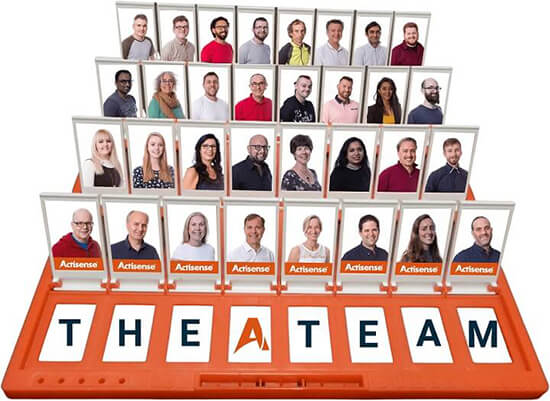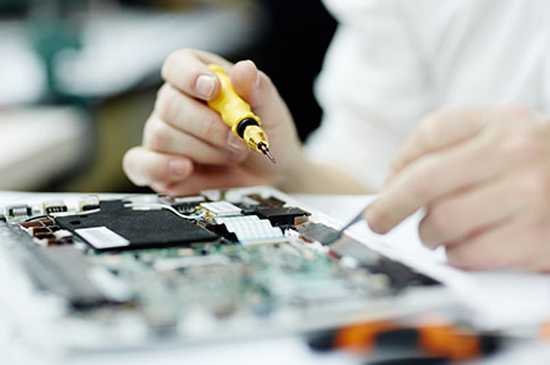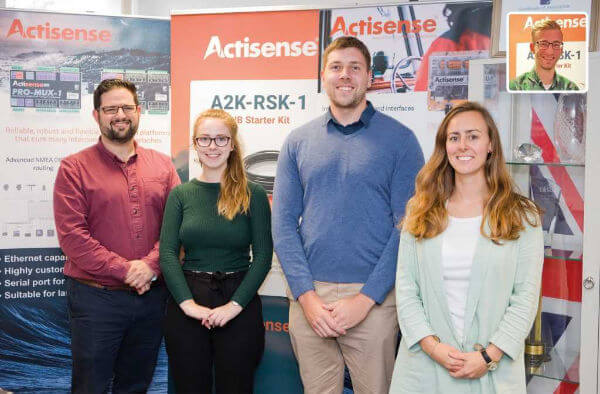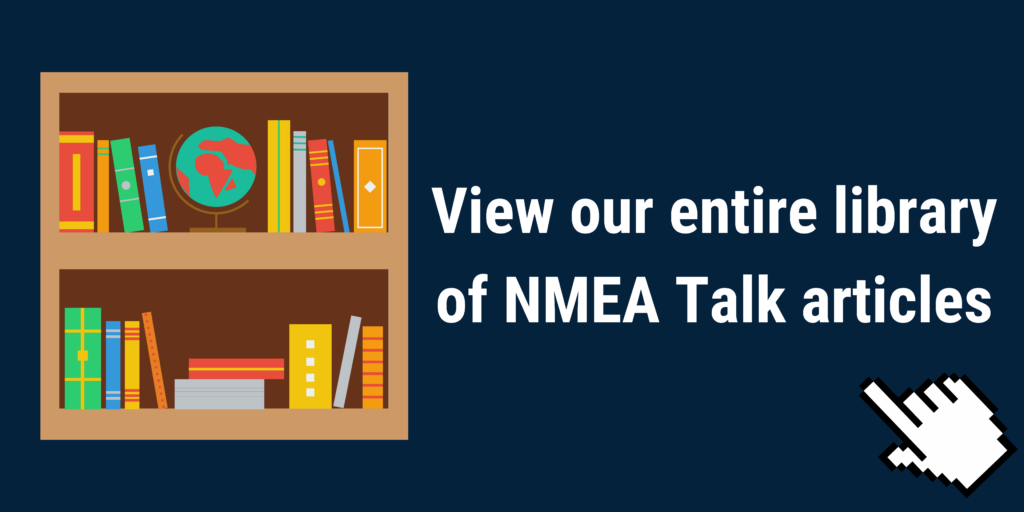Understanding different protocols – SeaTalk1 & SeaTalkNG

In the Marine industry, there are a number of different data formats and protocols being used. The purpose of this article is to help clarify the common ones!
When working with marine electronics, there are 4 common data formats that you’ll hear about. These are;
– SeaTalk1
– SeaTalkNG
So, what are these, and what do they mean when installing devices onto your boat?
SeaTalk1
There is a common misunderstanding that SeaTalk1 (ST1) is NMEA 0183, but unfortunately, this is not the case. SeaTalk 1 is a proprietary system designed by Raymarine. Whilst they both operate on a serial data protocol, NMEA 0183 and ST1 do not share any other similarities.
SeaTalk uses 3 wires as the connection method, which are connected in parallel across all devices. The 3 wires are as follows;
1. 12V Supply
2. GND / Common Supply
3. Data (Serial)
As both the messages and wiring are different to NMEA 0183, they are not directly compatible, however, it is achievable using an ST1 to NMEA 0183 converter. SeaTalk1 devices are still common on boats, and whilst some of them work on their own ST1 ‘network’ where the devices are daisy-chained together and communicate bi-directionally, others work in tandem with an 0183 converter.
Sadly there is no direct conversion between ST1 and NMEA 2000, so the process would require an ST1 to NMEA0183 gateway, and then the Actisense NGW-1 bi-directional conversion gateway to convert this to NMEA 2000.
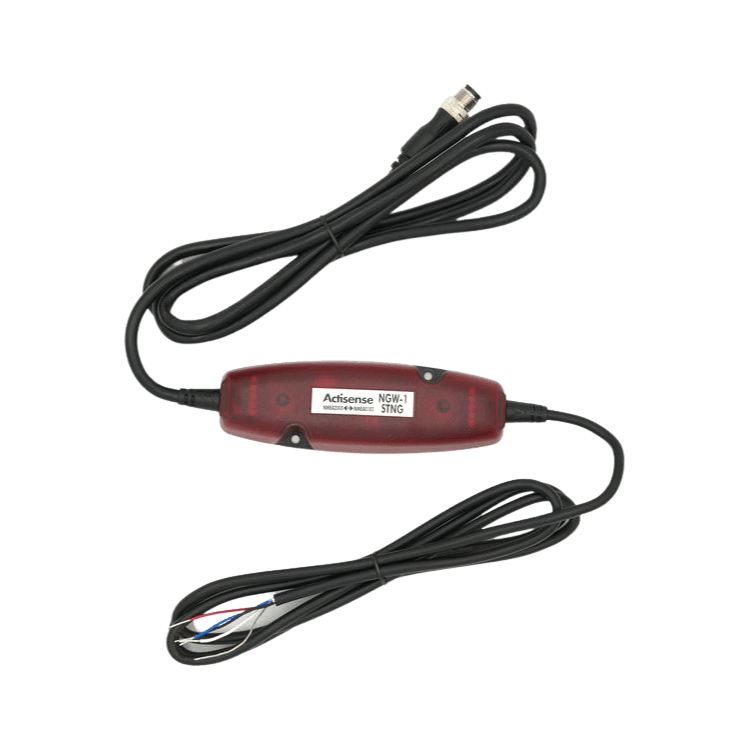
NMEA 0183
NMEA 0183 is the non-proprietary ‘standard’ messaging format and protocol for most marine electronics made before NMEA 2000. There are two types of NMEA 0183 – ‘old’ (version 1.5) and a current version (2.0+) Version 1.5 used the RS232 single-ended device specification for connection, and the current protocol uses RS422 (Differential). The principle between the RS232 and RS422 versions are the same, and the data is almost identical.
The major change between v1.5 and v2.0+ data is the addition of checksums on the NMEA 0183 sentences. Pre 2.0+, it was not mandatory to have a checksum at the end of the sentence, but this changed when 2.0 was implemented.
Usually, this does not cause too much conflict between NMEA 0183 devices, but there can be some issues in specific scenarios. For example, if the Talker is v1.5 and the Listener is v2.0+ and will only treat sentences as valid if they contain a checksum, it will ignore the v1.5 Talker.
NMEA 0183 v2.0+ Differential devices use a 4 wire connection with a Transmit and Receive pairing, commonly noted with a ‘+/A’ and ‘–/B‘ or ‘Tx’ and ‘Rx’. The protocol uses ASCII Serial, and is low speed, operating at 4800bit/sec.
Converting NMEA 0183 to NMEA 2000 is a very straightforward process using a conversion gateway such as our NGW-1. It is also possible to convert NMEA 2000 to NMEA 0183 using our gateway.
SeaTalkNG and NMEA 2000
NMEA 2000 is the successor to NMEA 0183, operating on a binary messaging format at a much higher speed of 250k bits/sec. Unlike NMEA 0183 which uses a single-talker / multi-listener setup, NMEA 2000 utilises CAN (Controller Area Network), creating a multi-talker / multi-listener network where every device communicates together.
When it comes to NMEA 2000 and SeaTalkNG (STNG), there is a bit of confusion over the two, and we are often asked about whether the two will work together. On a data format / Protocol level, both of these are identical. NMEA 2000 and STNG both operate on the CAN Protocol, and use exactly the same messages (PGNs). In fact, the only difference between the two is the physical layer.
NMEA 2000 utilises the DeviceNet standard for cables and connectors, where M12 Male and Female connectors are used to link the cables and connectors together. SeaTalkNG uses Raymarine’s proprietary cable system, which does not follow the DeviceNet standard. However, linking STNG cables and NMEA 2000 cables together is very straightforward, as Raymarine sells adapter cables. The A06045 Adapter cable can also be purchased as part of a bundle with our NMEA 2000 products (Cable is not sold on its own).
In short, it means that there is no ‘conversion from STNG to NMEA 2000’, rather just an adapter cable is needed to join the two together.

